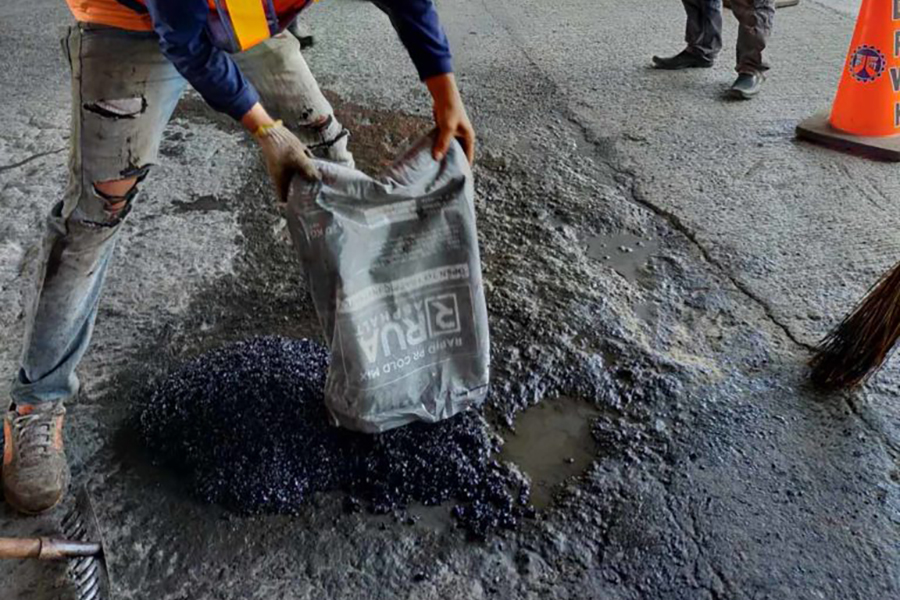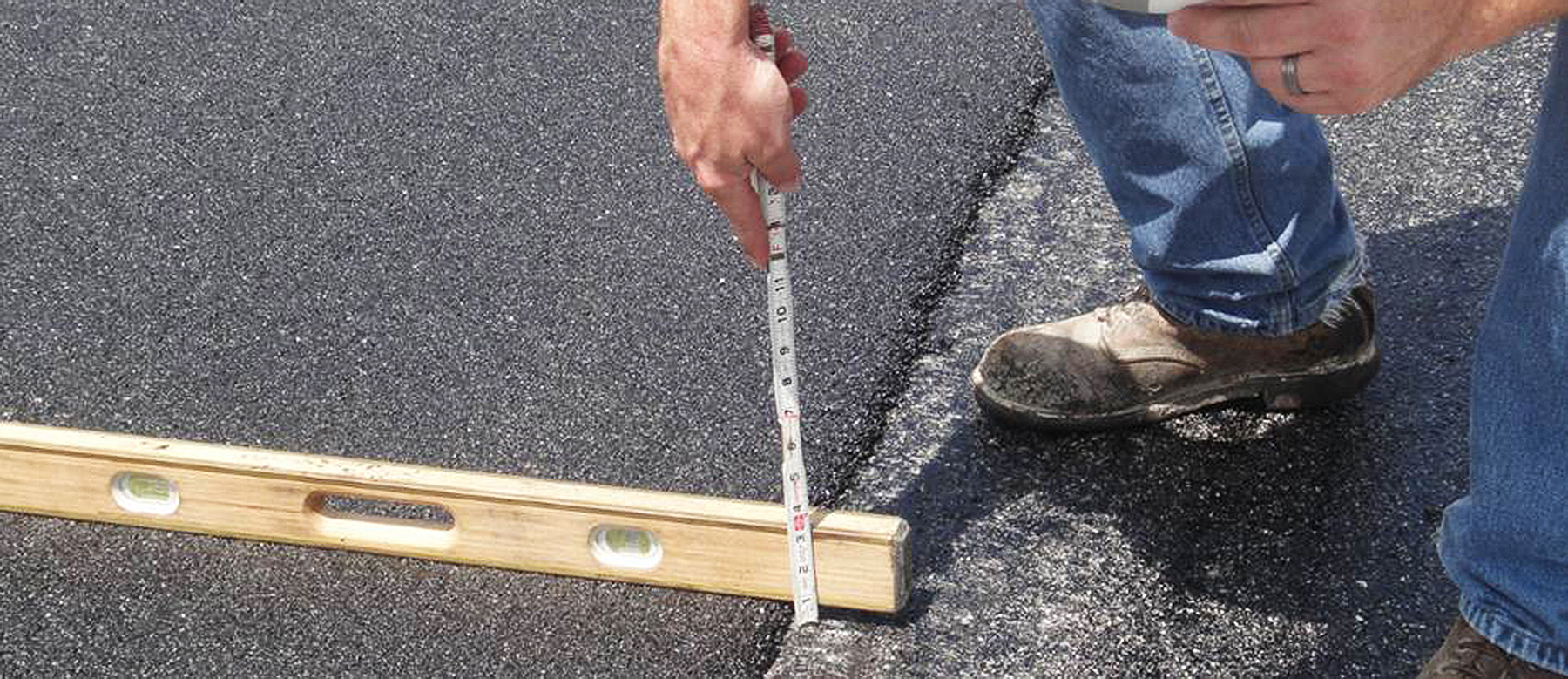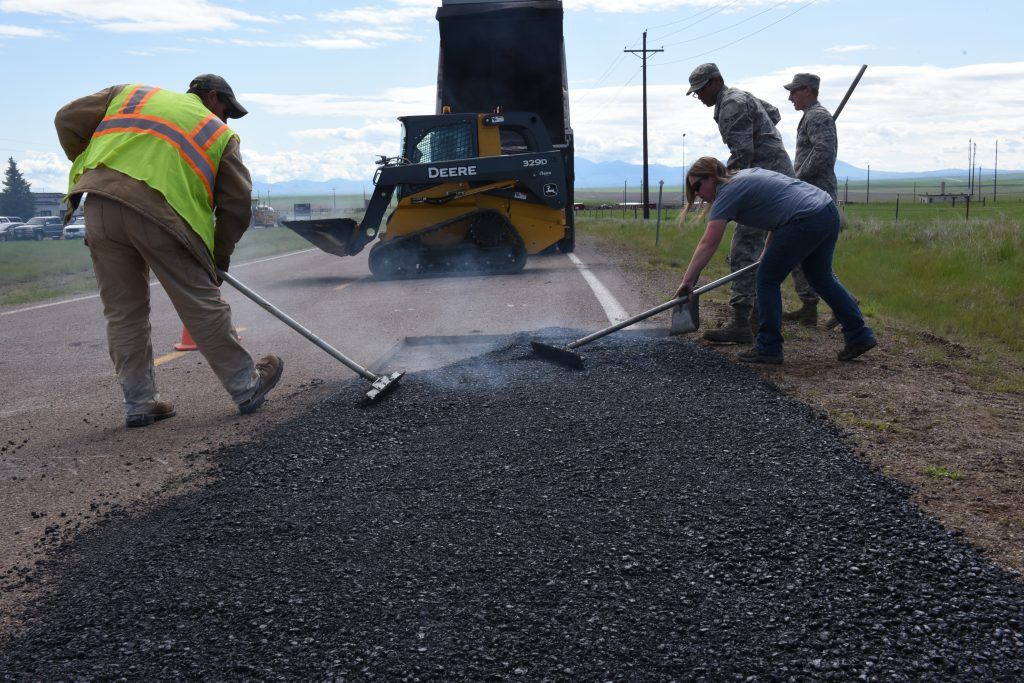Transform Your Residential or commercial property's Landscape with Hot Mix Asphalt Paving Quality
Transform Your Residential or commercial property's Landscape with Hot Mix Asphalt Paving Quality
Blog Article
Opening the Secrets of Warm Mix Asphalt Technology
Exploring the depths of hot mix asphalt technology uncovers a globe where exact formulas and precise processes merge to form our roadways and facilities. The combination of binders, fillers, and aggregates isn't just a building and construction job yet a critical orchestration of durability and efficiency. As we peer right into the complex dance of components, a tapestry of durability and sustainability unfolds. What lies under this surface area of asphaltic mastery, and what keys wait to be introduced in the world of paving technologies?
Significance of Warm Mix Asphalt
Warm Mix Asphalt plays a vital role in modern-day infrastructure growth due to its toughness and cost-effectiveness. As the most frequently used leading material for roadways, freeways, and car park, Hot Mix Asphalt uses a series of benefits that add to its relevance in building and construction projects. One crucial benefit is its ability to stand up to hefty traffic tons and rough weather problems, offering a resilient and dependable surface for transportation networks. Additionally, Warm Mix Asphalt is cost-efficient in both initial building and lasting upkeep, making it a recommended choice for numerous facilities jobs.
The longevity of Warm Mix Asphalt originates from its make-up, that includes accumulations, binder, and filler materials that are carefully picked and mixed to fulfill particular performance demands. This specific mix leads to a strong and versatile sidewalk that can sustain frequent use without substantial damage. Hot Mix Asphalt is 100% recyclable, more boosting its sustainability and ecological advantages. Generally, the relevance of Hot Mix Asphalt in framework advancement can not be downplayed, as it proceeds to be a cornerstone of contemporary building and construction methods.
Elements of Asphalt Mixes
The composition of asphalt blends consists of meticulously selected accumulations, binder, and filler products that are crucial for achieving specific efficiency requirements. Accumulations are the main part of asphalt mixes, providing toughness and stability. The binder, typically asphalt or asphalt concrete, holds the accumulations together and supplies adaptability and longevity to the mix.
The combination and percentage of these parts play a substantial function in determining the top quality and efficiency of the asphalt mix. Engineers meticulously develop the mix to satisfy specific needs, thinking about aspects like web traffic volume, climate conditions, and pavement life-span. Correct option and balancing of aggregates, binder, and fillers are necessary for creating sturdy, resilient asphalt sidewalks.
Mixing and Production Methods

As soon as the accumulations are chosen, the binder, frequently asphalt concrete, is added to bind the products with each other. The binder's top quality and amount dramatically affect the mix's resistance, toughness, and flexibility to environmental elements. In addition, fillers like hydrated lime or Rose city cement may be integrated to enhance particular features of the asphalt mix, such as its workability or wetness resistance.
Throughout production, the accumulations and binder are heated up, typically in between 250-325 ° F(121-163 ° C ), to help with mixing and guarantee proper finishing of the accumulations. The mixing procedure should be complete to achieve an uniform mixture that promotes the desired efficiency characteristics of the asphalt. Numerous techniques, such as batch mixing or drum blending, are employed to accomplish consistent and top notch asphalt mixes for building and construction jobs.
Elements Impacting Asphalt Performance
Elements influencing asphalt efficiency incorporate a variety of variables that affect the resilience, longevity, and overall quality of asphalt pavements. One vital element is the high quality of materials made use of in the asphalt mix.

Ecological problems likewise affect asphalt performance. Temperature level variations, moisture seepage, and traffic tons can all impact the architectural honesty of the pavement. Design considerations, such as pavement density and drainage, are vital in ensuring the long-lasting efficiency of the asphalt sidewalk. By thoroughly taking into consideration these specialists, designers and aspects can maximize asphalt performance and enhance the life span of sidewalks.
Sustainable Practices in Asphalt Innovation

WMA permits for the manufacturing and placement of asphalt mixes at reduced temperature levels contrasted to standard hot-mix asphalt, resulting in reduced energy intake and greenhouse gas exhausts. The usage of permeable asphalt mixes can aid mitigate stormwater runoff concerns by allowing water to infiltrate with the sidewalk and into the ground, advertising natural water purification and reenergize processes.
Verdict
In final thought, warm mix asphalt modern technology plays a vital function in modern-day framework development as a result of its toughness and cost-effectiveness. By thoroughly balancing elements, using correct blending strategies, and considering various aspects, designers can create high-grade asphalt blends that stand up to hefty traffic tons and severe weather. Welcoming lasting techniques, such as making use of warm-mix technologies and recycled materials, further boosts the pop over to this web-site ecological kindness of asphalt modern technology.
Blending and production methods in hot mix asphalt technology include the exact combination and handling of accumulations, binder, and fillers to produce a resilient and high-performance asphalt mix.Elements affecting asphalt performance incorporate a range of variables that affect the sturdiness, long life, and total high quality of asphalt pavements. Lasting techniques in asphalt modern technology encompass numerous initiatives aimed at lowering the environmental influence of asphalt manufacturing and paving processes. By integrating recovered asphalt pavement (RAP) and recycled asphalt roof shingles (RAS) right into new asphalt mixes, the market can considerably minimize the consumption of raw materials and energy, while also reducing garbage dump waste.
WMA permits for the production and placement of asphalt mixes at lower temperatures contrasted to traditional hot-mix asphalt, resulting in decreased power intake and greenhouse gas discharges.
Report this page